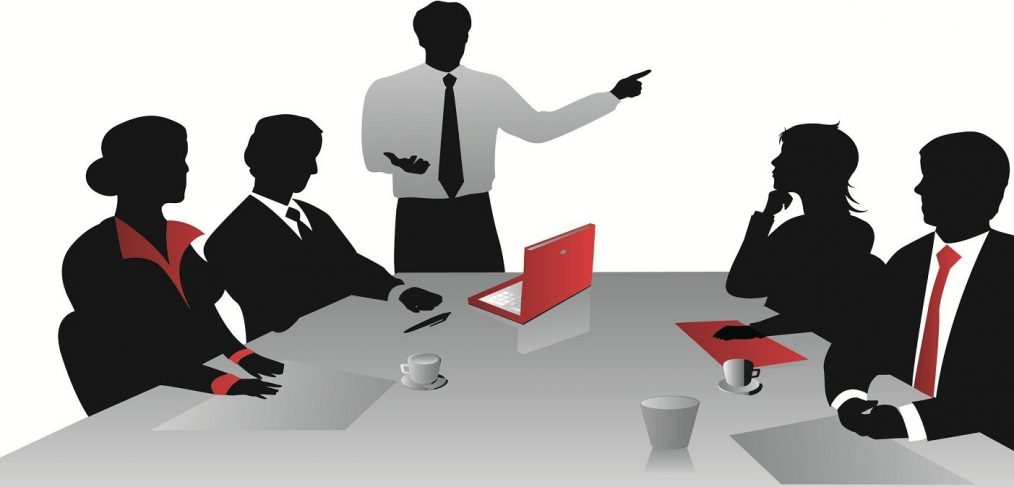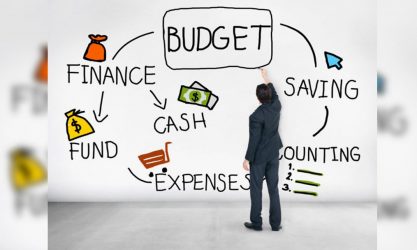
Communication & Presentation
Are you looking for ways to connect with other people? Do you want a more meaningful connection to others? Our world is becoming more and more open and it is only natural that we want to be better connected.
What are communication and presentation?
Communication is the way we convey a message to another person through our speech, written words, signs, and behaviour. Presentations make it easy to ‘present’ or show complex information in small bite-sized chunks. In today’s corporate world, we have to use different tools and technology to get our message across. Presentations remain a favourite because of its versatility and ease of conveying what you want said.
How to communicate?
First let’s understand the categories of communication. Communication can be verbal, non-verbal, visual, or written. It can be conveyed correctly or as an altered message due to either the sender or the receiver, or the medium. The feedback would be based on the received message. In all communication, you must aim to achieve completeness, concreteness, courtesy, correctness, clarity, consideration and conciseness.
To be a good communicator, you must focus on the following skills:
Active listening: Remember that you also need to listen well. Whenever you are in a communication setting, you must listen to the person communicating. Active listening will help you understand what they are saying and also what they are not saying. This will help you communicate effectively.
Friendliness and respect: It is important to stay friendly and respectful in your communication. This will help put the others at ease and help keep the conversation pleasant.
Confidence and non-verbal cues: If you are confident in your ideas, others will be too. Engage your body language to convey your confidence but don’t overwhelm them.
Feedback and responsiveness: Engage in discussion and provide (and receive) feedback on what was communicated. This will help increase everyone’s productivity and clarity of the ideas.
To be a good communicator, you must focus on the following skills:
- Understand your own message well. If you understand it, you can communicate it clearly and concisely.
- Rehearse how to communicate it to others. If you have a friend or colleague who can help you, use their services to make sure you are thorough with both your presentation and your message.
- Practice your responses to their possible feedback. How do you think they will respond? What would they ask? Be ready for any questions or comments.
- For formal communication, use a presentation that is engaging and catches the attention of the audience. Use the technology available to you to make something that can hold your audience captive while communicating something important.
- At the presentation, be calm and remain on point. Some speakers ramble because they are not prepared. Make notes or cue cards to help in your speech but also stay calm if you see something going in an unexpected direction.
- Take questions on the presentation. Your audience wants to engage with you so let them ask you questions. Take the time and energy to explain what they don’t know or understand. Here too, staying calm in your responses is important.
- Explain further if needed or summarize for clarity and ease of comprehension. Read the room and see if you can clarify your presentation further or end it with a summary.
- Listen to suggestions by the audience. Your audience may have ways in which you can improve. Actively listen to these suggestions and incorporate them the next time.
Communicating is relevant in all your interactions with others. We always want to be understood, but we may not always know how to achieve that. By being a better communicator, you will bridge this gap.


